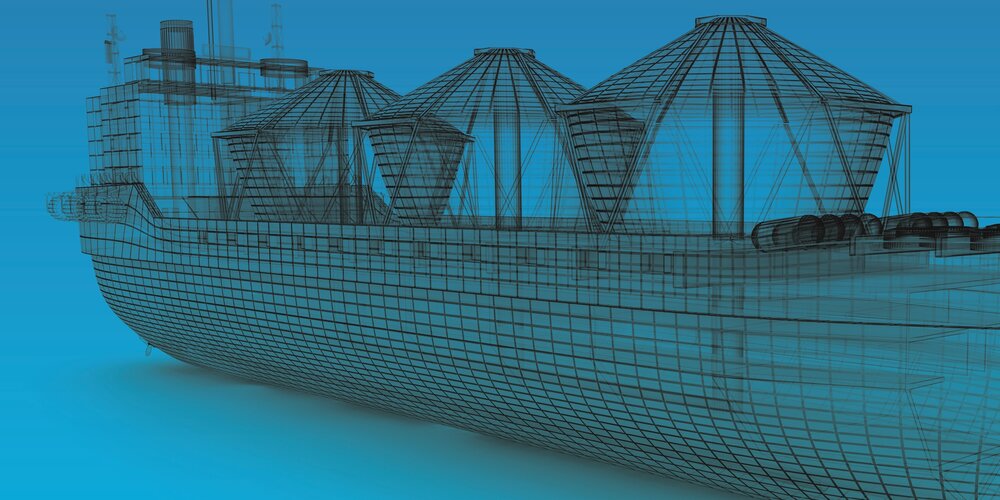Get a quote
Fill in the relevant proposal form to receive a quote.
Make a claim
Guidance on how to report a claim.
Talk to our experts
Contact us at ITIC.
+44 (0)20 7204 2928

A naval architect was engaged by a customer to design a 24m catamaran to service the offshore oil and gas industry. During sea trials following construction of the vessel and after delivery to the client, significant vibration was apparent in the vessel’s rudders. This caused stress to the hull and eventually the structure began cracking.
The naval architect worked with the owner and shipyard to attempt to find a solution to the problem and various alterations were made to the vessel. However, these changes resulted in no significant reduction in vibration.
Short term limitations were therefore placed on the vessel’s operations and further investigations indicated that the vibration in the rudders was being caused by cavitation from the original propellers. Cavitation is where the formation of bubbles from a nearby moving blade – i.e. the propeller causes pitting on the surface of the rudder and/or blades.
The naval architect proposed that the propellers be replaced as this could alleviate the vibration. This was done, at the expense of the designer (which was covered by ITIC). However, whilst this did cause a small reduction in vibration levels the vessel was still unable to meet the speed and performance specifications as set out in the design agreement.
Experts were engaged to advise as to whether the vibration and performance issues could be attributed to errors on the part of the naval architect. They concluded that the lack of clearance between the tip of the propellers and the vessel, as designed by the naval architect, was likely to be the principal cause of the vibrations.
The expert recommended that replacement rudders be installed as well as a smaller diameter propeller. However, the rudder support structure, which had not been constructed in accordance with the naval architect’s designs, also needed to be rectified – and the replacement rudders could only be done after this work was completed.
At this point and before any further rectification work was carried out, the owners instructed lawyers to pursue a claim against both the naval architect and the shipyard for a range of losses including rectification and repair costs, loss of earnings, loss in value of the vessel and other related costs.
The claim proceeded slowly over a number of years as the claimants struggled to obtain expert evidence to support their claim. However they ultimately presented a claim for US$ 5m plus legal costs and interest.
Attempts were made to settle the claim at mediation but these failed. However, the naval architect did not have funds themselves to settle the claim and the limit of cover under the policy was relatively low compared to the claim. The claimants were ultimately persuaded to settle for US$ 400,000, less than 10% of the actual claim. ITIC indemnified the naval architect this sum.